Indoor plants bring life to our homes, purify the air, and create a relaxing environment. However, ensuring that your indoor plants thrive requires understanding a key factor: humidity. Humidity plays a vital role in the growth and health of indoor plants, as it influences how plants absorb water, nutrients, and even how they photosynthesize.
In this detailed article, we’ll explore the role of humidity in indoor plant growth and health, why it’s essential, the ideal humidity levels for different plants, and how to maintain the right balance in your home.
Also Read- How Seasonal Changes In Humidity Impact Your Indoor Plants
What Is Humidity and Why Is It Important for Indoor Plants?

Humidity refers to the amount of moisture or water vapor present in the air. It is typically expressed as a percentage, with higher percentages indicating more moisture. For indoor plants, humidity is crucial because it impacts the rate at which they can absorb water through their leaves and how efficiently they can carry out essential processes like transpiration and photosynthesis.
Key Ways Humidity Affects Indoor Plant Growth:
- Water Absorption: Plants take in water through both their roots and leaves. High humidity allows them to absorb water more efficiently through the leaves, which is essential for tropical plants.
- Transpiration: Transpiration is the process where plants release water vapor through their leaves. In high humidity environments, this process slows down, while in low humidity, transpiration increases, leading to quicker drying of the plant.
- Photosynthesis: Adequate humidity helps plants maintain a balance between water loss and photosynthesis. In environments with too little or too much humidity, this balance can be disrupted, affecting plant growth.
- Nutrient Uptake: When the air is too dry, plants may struggle to uptake nutrients through their roots effectively. The right humidity supports this vital function.
Ideal Humidity Levels for Indoor Plants

Different types of plants have different humidity needs. Understanding the ideal humidity range for your indoor plants can help them thrive. Let’s take a look at the three main categories:
1. Tropical Plants (High-Humidity Plants)
Tropical plants come from rainforests and other humid environments, and they require higher humidity levels to replicate their natural habitat.
- Examples: Monstera, Ferns, Orchids, Peace Lilies, Calatheas
- Ideal Humidity: 60% – 80%
If tropical plants are kept in environments with low humidity, they may develop brown leaf tips, experience slower growth, or show signs of stress.
2. Desert Plants (Low-Humidity Plants)
Desert plants, such as succulents and cacti, are adapted to survive in arid conditions with low humidity. These plants store water in their thick leaves, stems, or roots, allowing them to thrive in dry environments.
- Examples: Cacti, Aloe Vera, Agave, Jade Plant
- Ideal Humidity: 30% – 40%
High humidity can lead to fungal growth and root rot in these plants, so it’s important to ensure proper airflow and avoid overly humid environments.
3. Houseplants with Moderate Humidity Needs
Many common indoor plants fall into a category where they prefer moderate humidity levels, typically between 40% and 60%. They can adapt to typical indoor humidity but may need extra care during dry seasons like winter.
- Examples: Spider Plants, Snake Plants, Pothos, Philodendron
- Ideal Humidity: 40% – 60%
Also Read- How To Use Indoor Plants To Reduce Noise Pollution: Natural Ways To Create a Quieter Home
How to Measure Humidity for Indoor Plants

To manage humidity levels in your home, you can use a hygrometer, a device that measures the moisture content in the air. Place the hygrometer near your plants to monitor the humidity levels and ensure they stay within the appropriate range for your plant type.
Effects of Low Humidity on Indoor Plants
Low humidity can cause a range of problems for indoor plants, especially those that are adapted to high-humidity environments. Common signs of low humidity include:
- Brown Leaf Tips: One of the most common signs of low humidity is browning at the edges of leaves. This happens when the plant loses too much moisture through its leaves.
- Wilting or Drooping: When plants cannot take in enough moisture, they may begin to wilt or droop, even if the soil is moist.
- Slow Growth: Plants that are not receiving adequate humidity may experience stunted growth, as they struggle to absorb enough moisture for proper cellular function.
- Increased Pest Problems: Low humidity environments are often a breeding ground for pests such as spider mites, which thrive in dry conditions.
How to Increase Humidity for Indoor Plants
To increase humidity for your plants, try one or more of the following methods:
- Humidifier: Use a humidifier in the room where your plants are located to raise the humidity level.
- Misting: Lightly mist your plants’ leaves with water using a spray bottle. However, avoid over-misting, as this can lead to fungal issues.
- Grouping Plants Together: Plants release moisture into the air through transpiration. Grouping them together can create a humid microclimate.
- Humidity Trays: Fill a tray with water and pebbles, then place your plant pot on top. As the water evaporates, it increases the moisture around the plant.
- Move Plants to More Humid Rooms: Rooms such as kitchens and bathrooms tend to have higher humidity levels, which can benefit tropical plants.
Also Read- The Language Of Plants: How Your Indoor Plants Communicate With You
Effects of High Humidity on Indoor Plants

While many plants enjoy high humidity, excessive humidity can lead to its own set of problems, especially for plants that prefer drier conditions. Signs of too much humidity include:
- Mold and Mildew: Excessive moisture in the air can lead to mold or mildew growth on the plant’s leaves or soil.
- Yellowing Leaves: High humidity can prevent plants from transpiring effectively, causing the leaves to turn yellow.
- Root Rot: Humid environments can keep the soil overly moist, leading to root rot, a common issue with overwatered plants.
How to Decrease Humidity for Indoor Plants
If you need to lower the humidity levels around your plants, consider these tips:
- Improve Air Circulation: Use a fan or open windows to create airflow, which helps reduce humidity buildup.
- Use a Dehumidifier: In extremely humid environments, a dehumidifier can help remove excess moisture from the air.
- Avoid Overwatering: Make sure your plants' soil is allowed to dry out between waterings to prevent waterlogged roots.
- Provide Adequate Drainage: Ensure that plant pots have good drainage to avoid water retention, which can increase humidity levels around the roots.
Also Read- How To Use Indoor Plants For Natural Air Freshening: Fresh Scents Without Chemicals
Seasonal Humidity Changes and Indoor Plants

Indoor humidity levels naturally fluctuate with the seasons, and it’s essential to adjust plant care routines accordingly:
- Winter: Indoor humidity tends to drop due to heating systems, which can dry out the air. Tropical plants will need extra care to maintain moisture, such as using humidifiers or misting.
- Summer: Humidity levels often rise during summer months, particularly in humid climates. Be cautious of overwatering, and ensure plants have proper airflow to prevent fungal growth.
Final Thoughts: Balancing Humidity for Healthier Indoor Plants
Humidity plays a crucial role in indoor plants growth and health. By understanding your plants’ specific humidity needs and adjusting the environment accordingly, you can help them thrive. Whether you’re growing tropical plants that crave moisture or succulents that prefer drier air, monitoring and maintaining proper humidity will improve plant vitality, reduce stress, and enhance overall growth.
Remember to keep an eye on humidity levels throughout the year, adjust care routines for seasonal changes, and create a balanced, plant-friendly environment in your home. With the right conditions, your indoor plants will flourish, bringing beauty and fresh air to your indoor spaces.


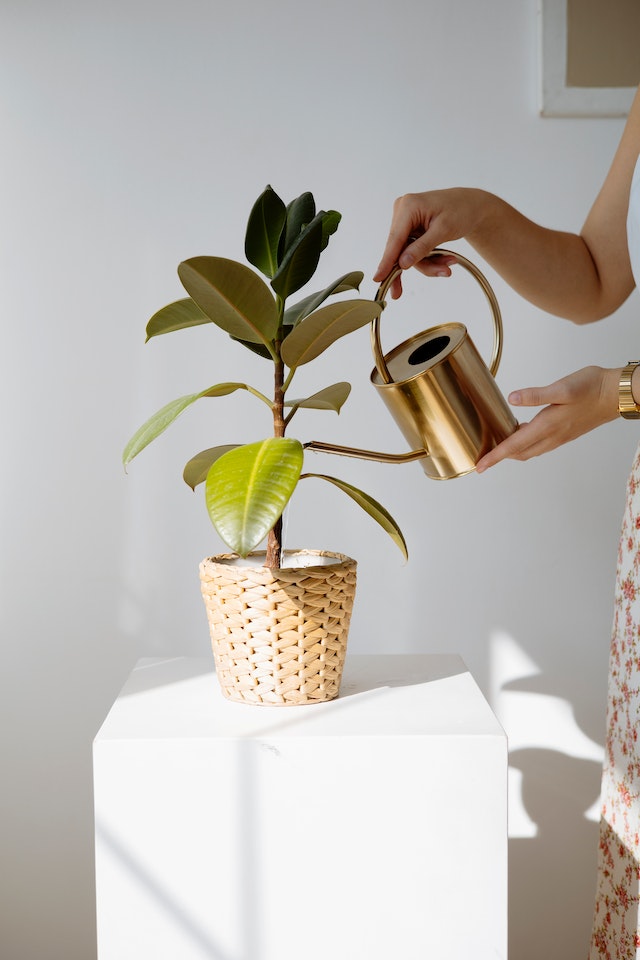
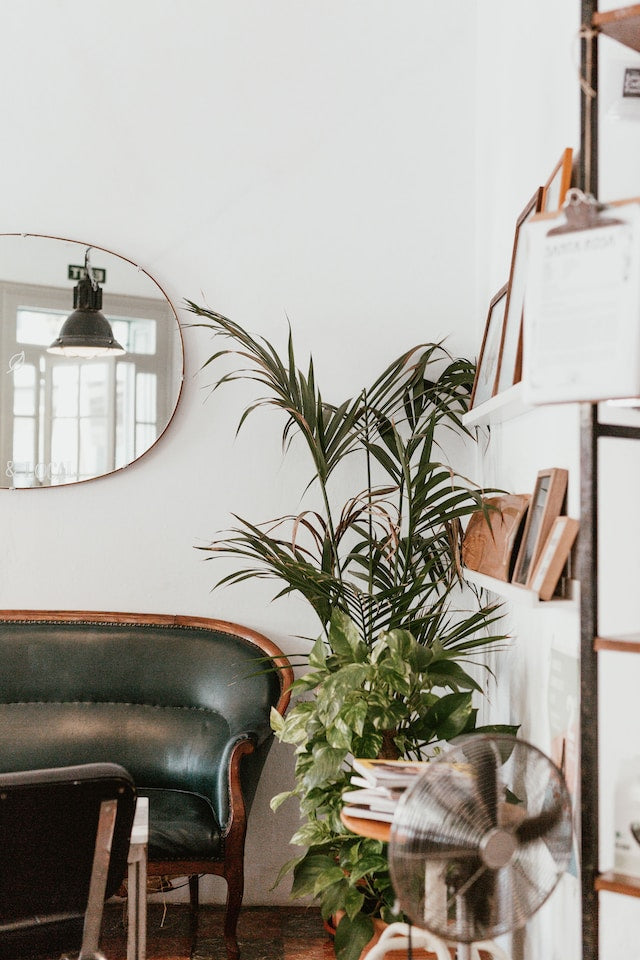
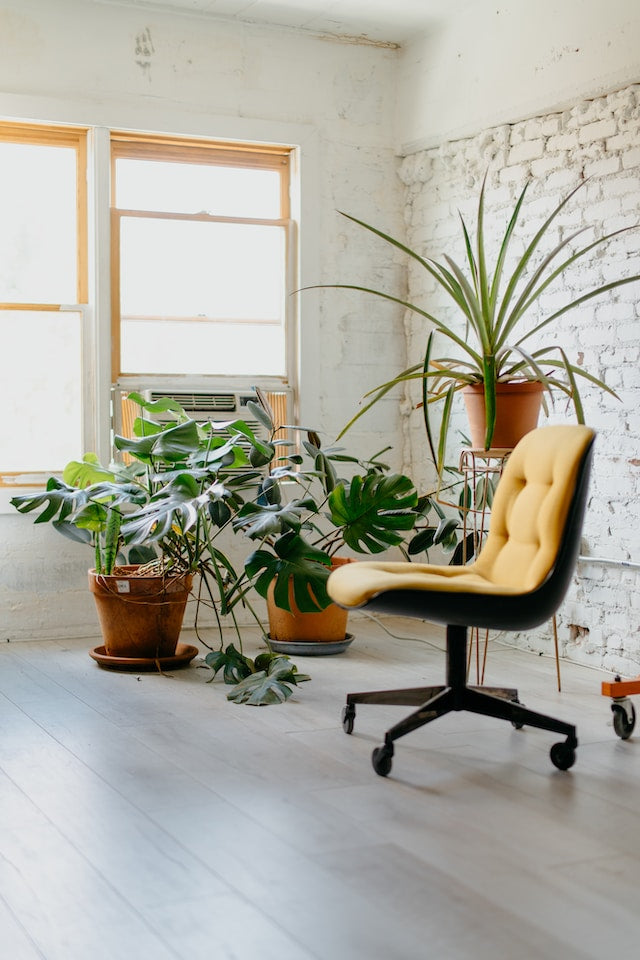
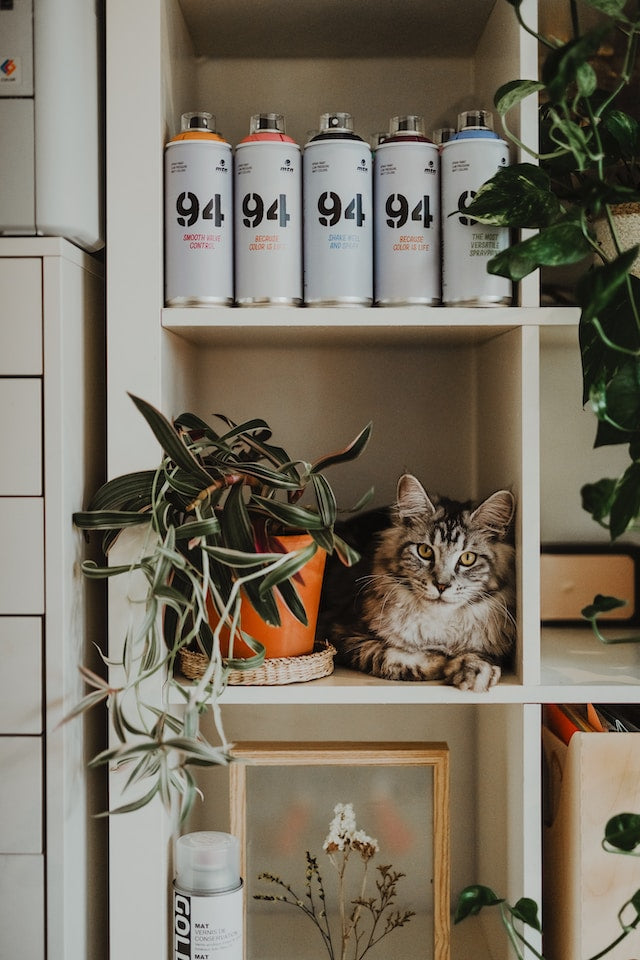
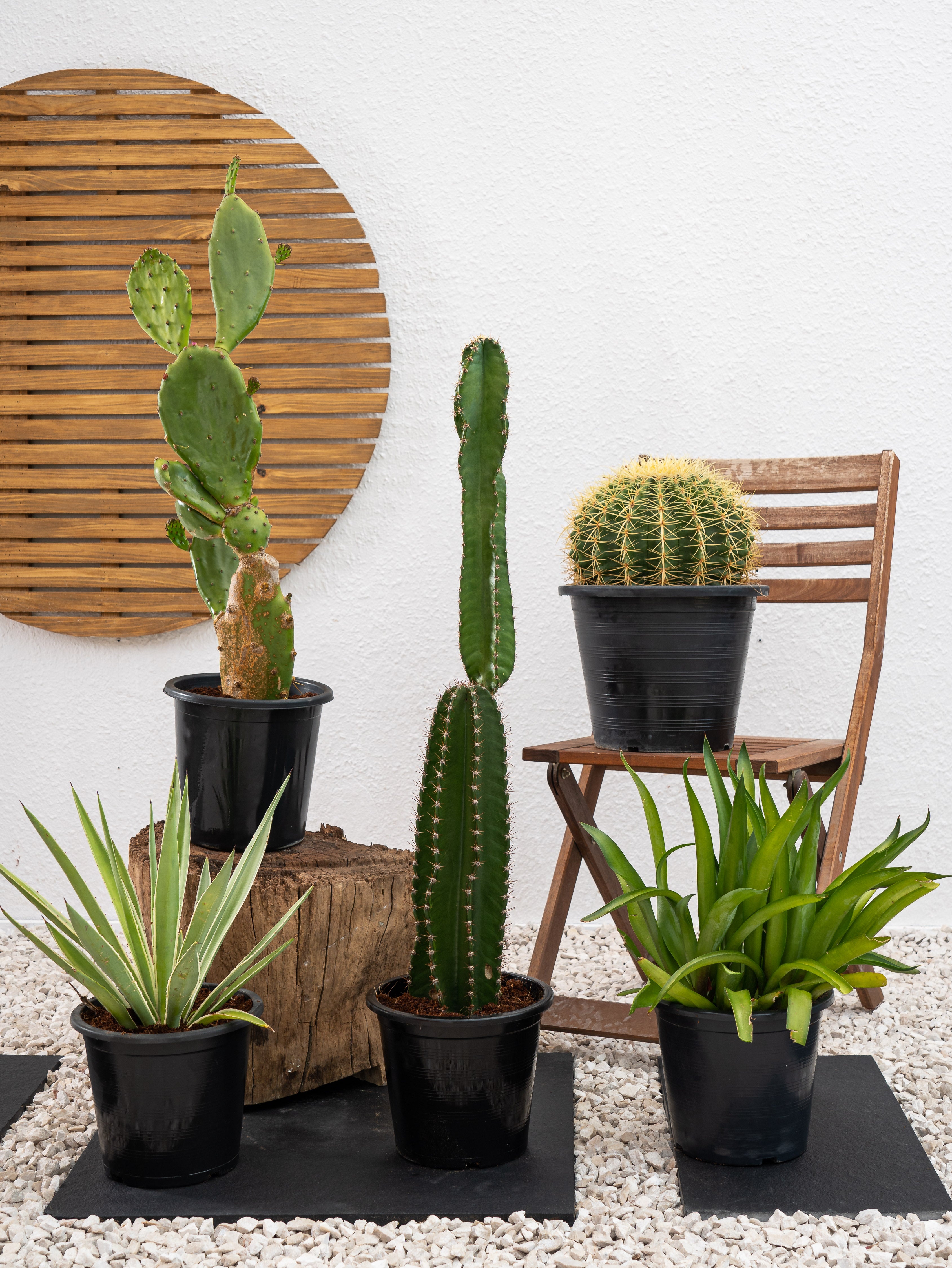
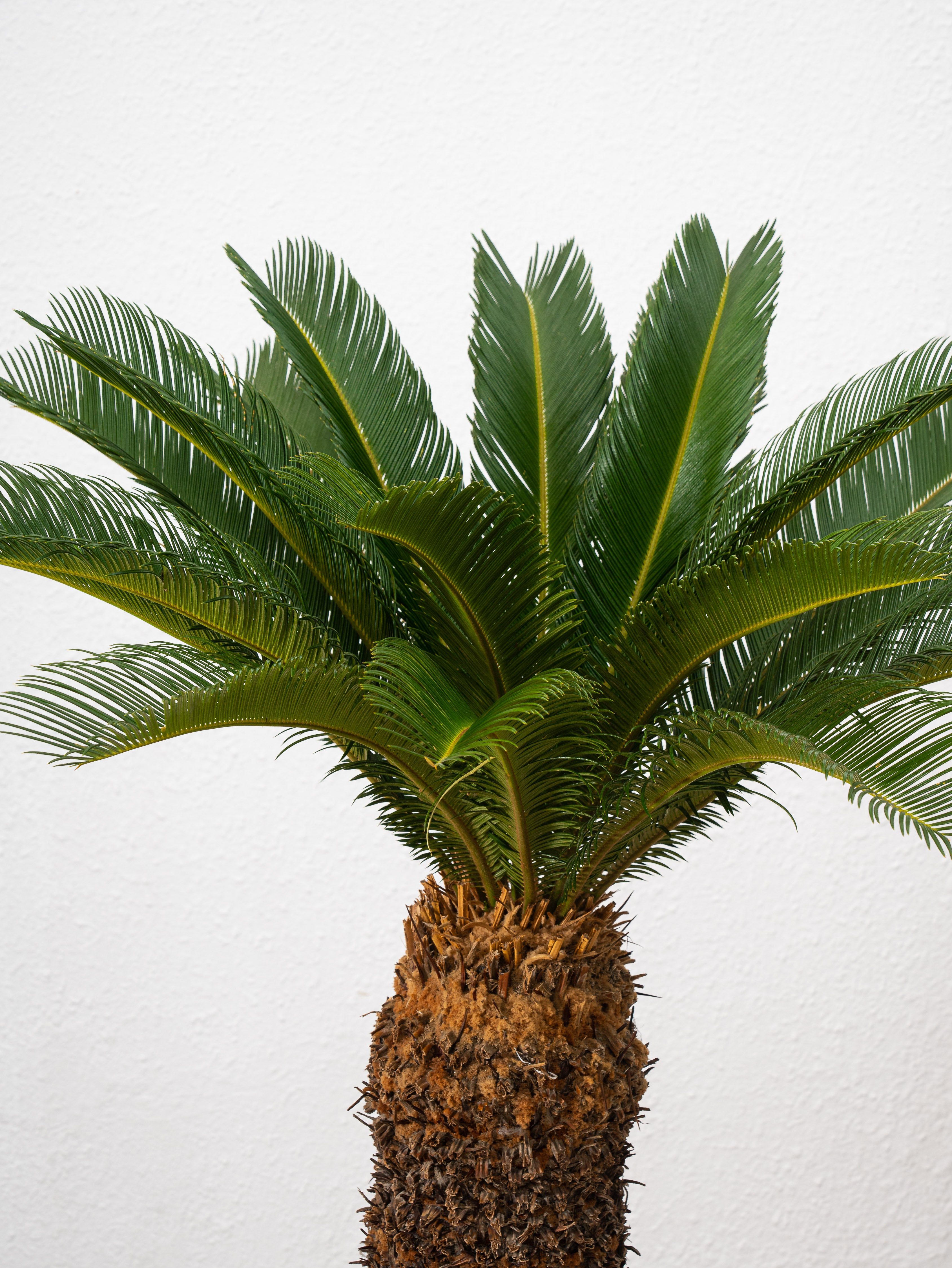
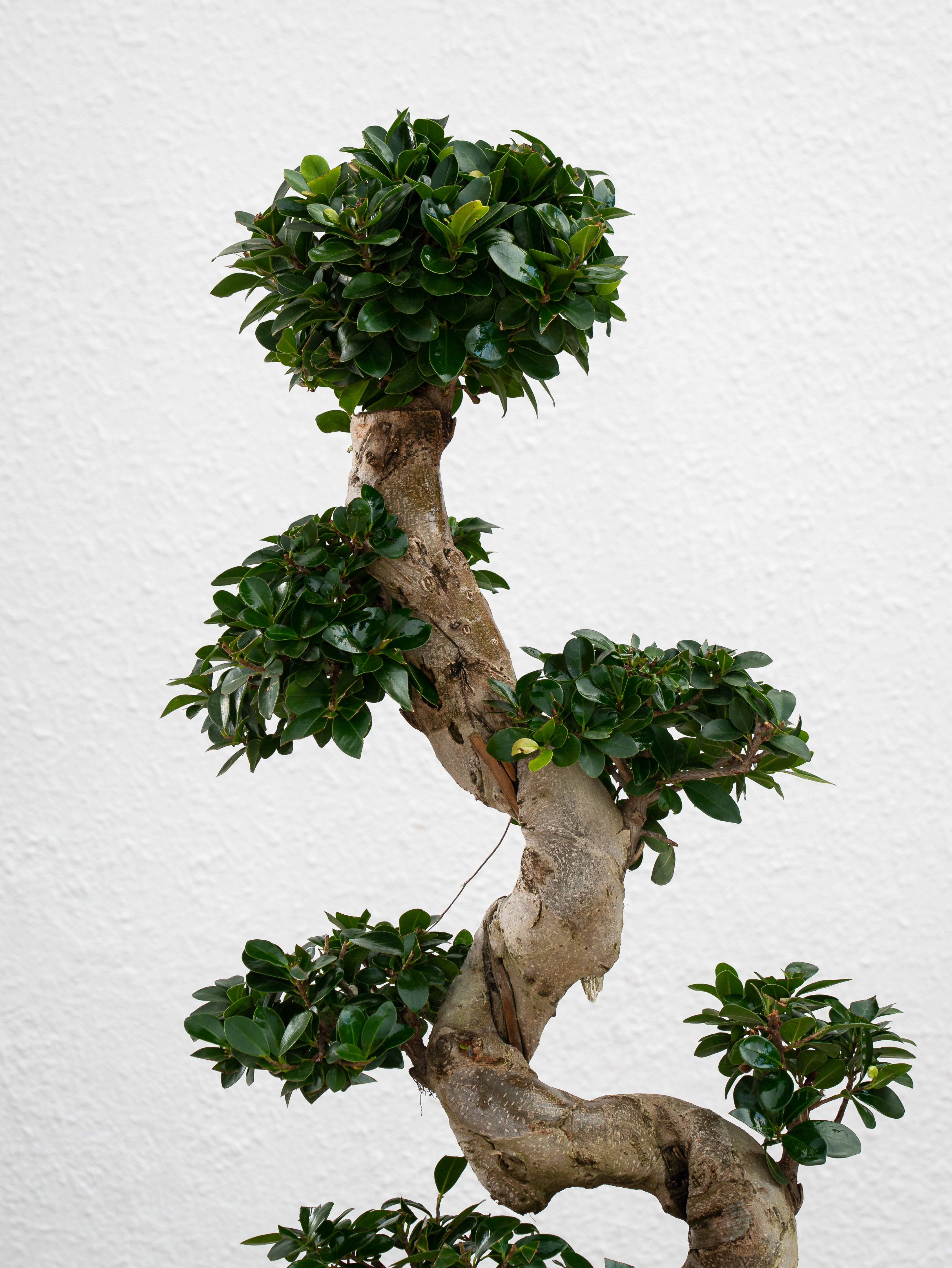
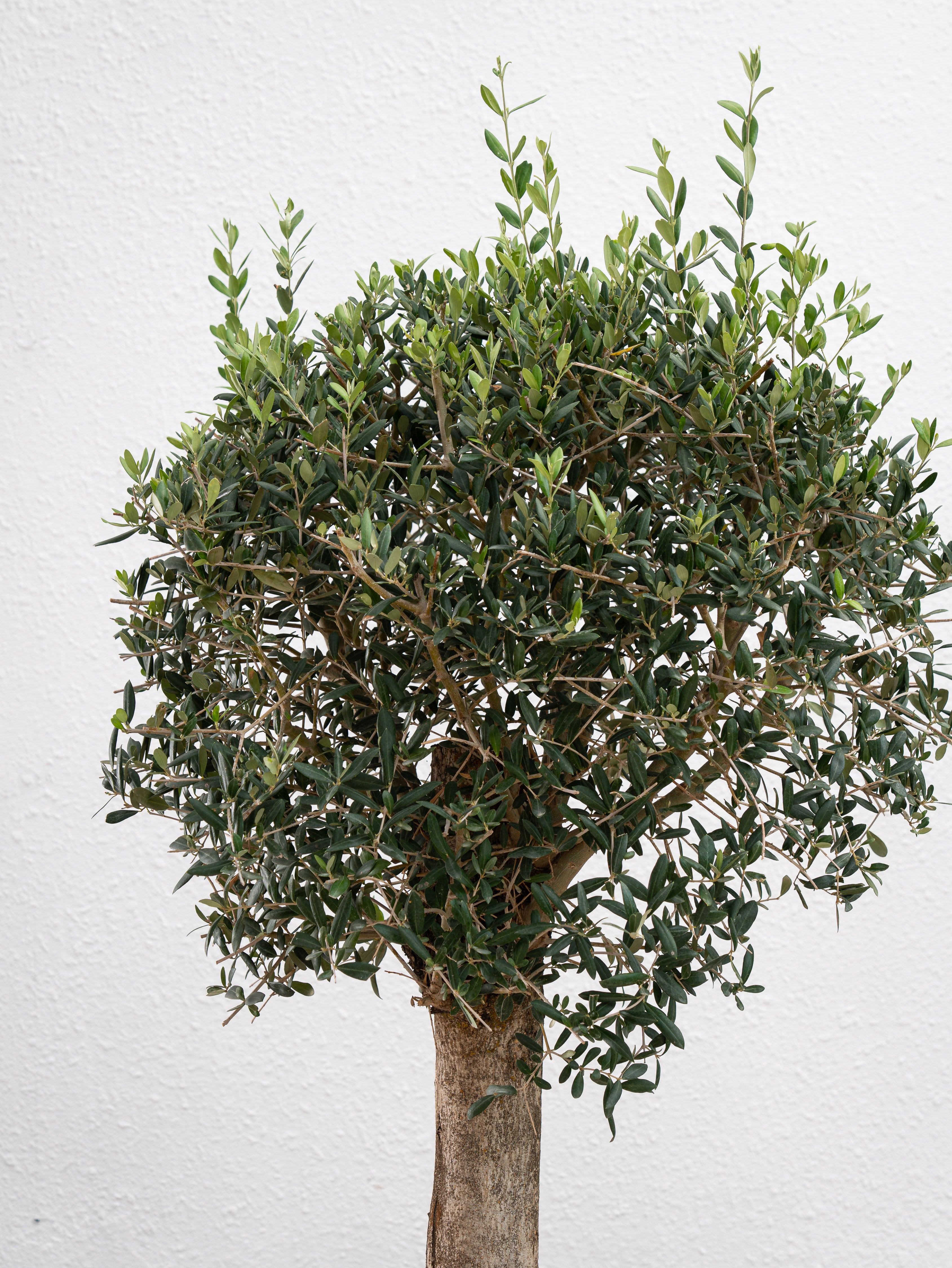
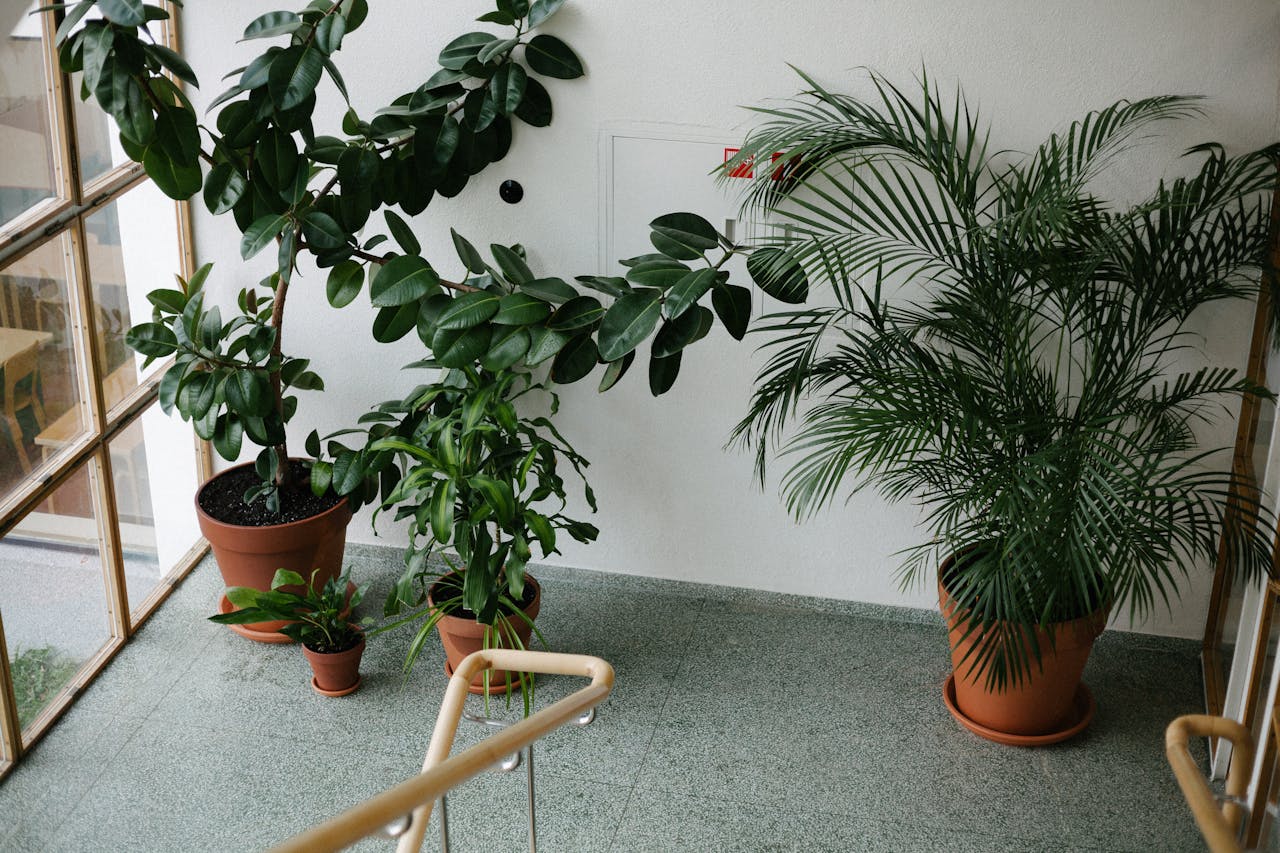
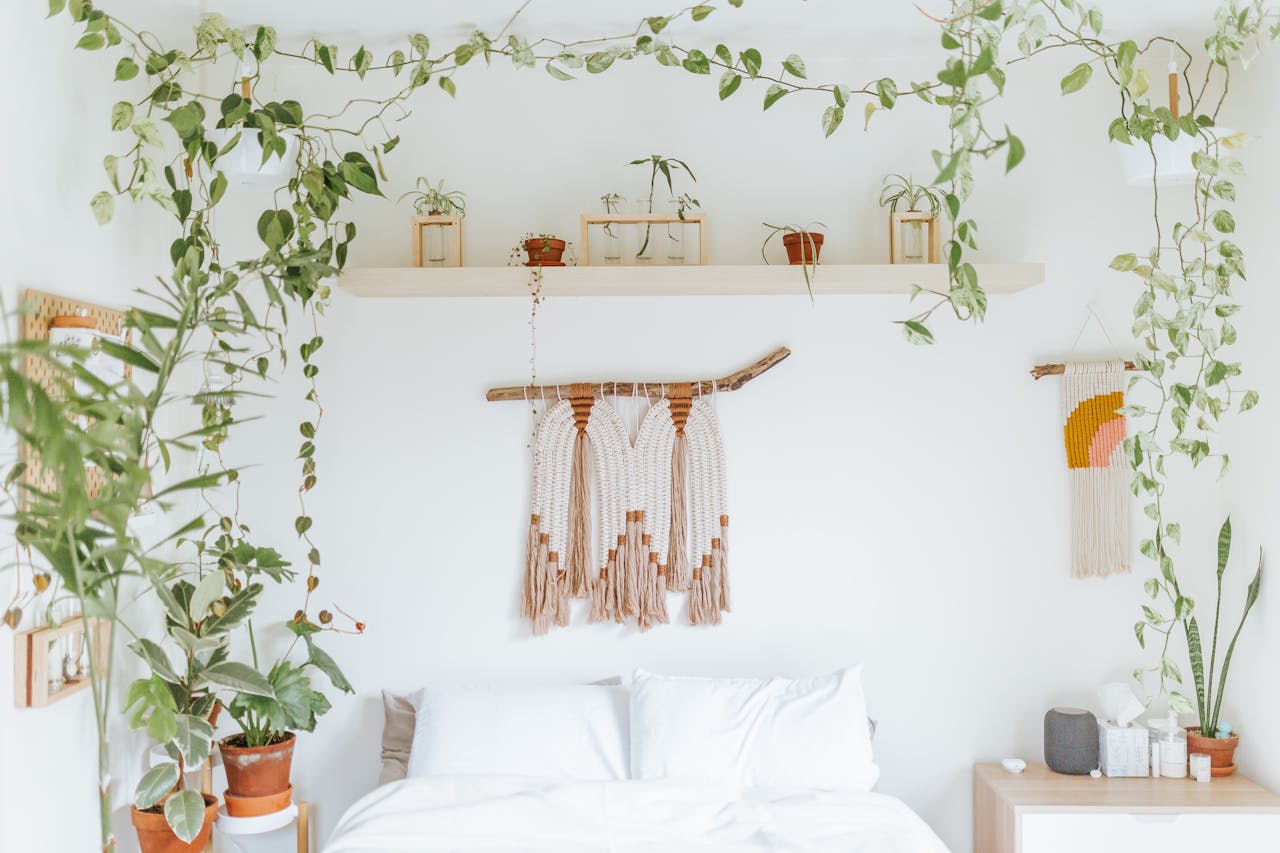
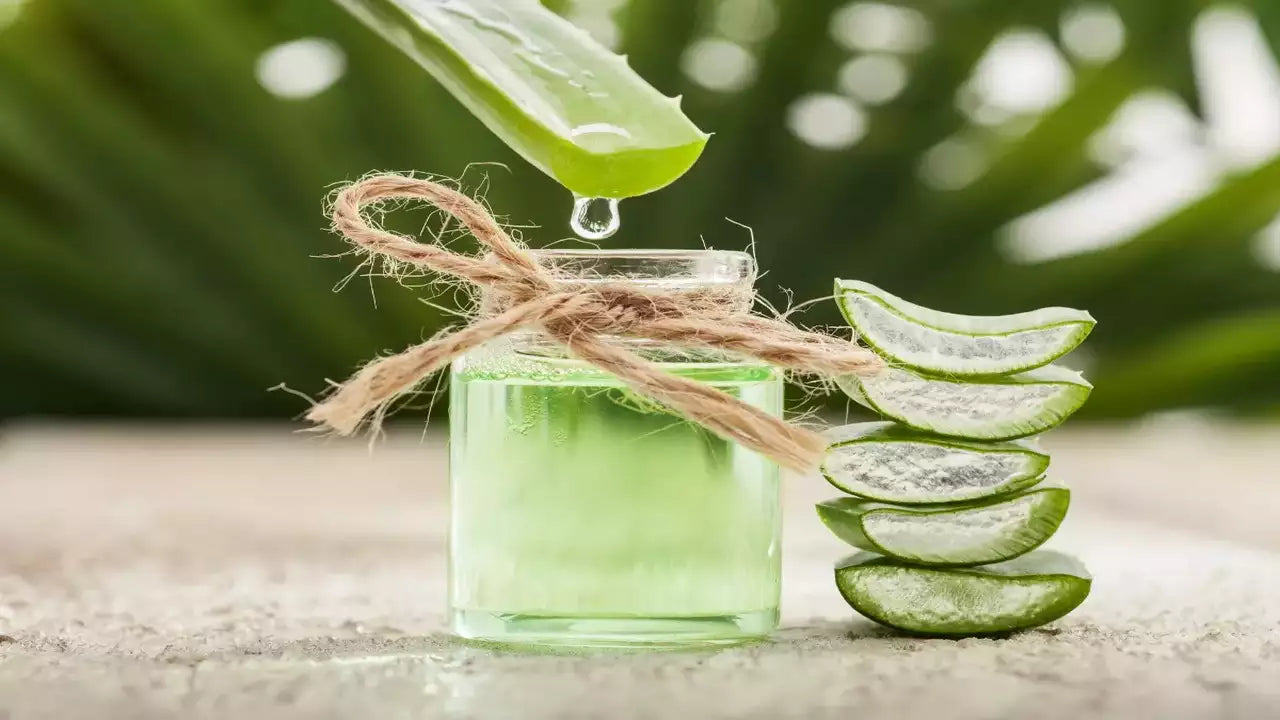
Leave a comment
This site is protected by hCaptcha and the hCaptcha Privacy Policy and Terms of Service apply.